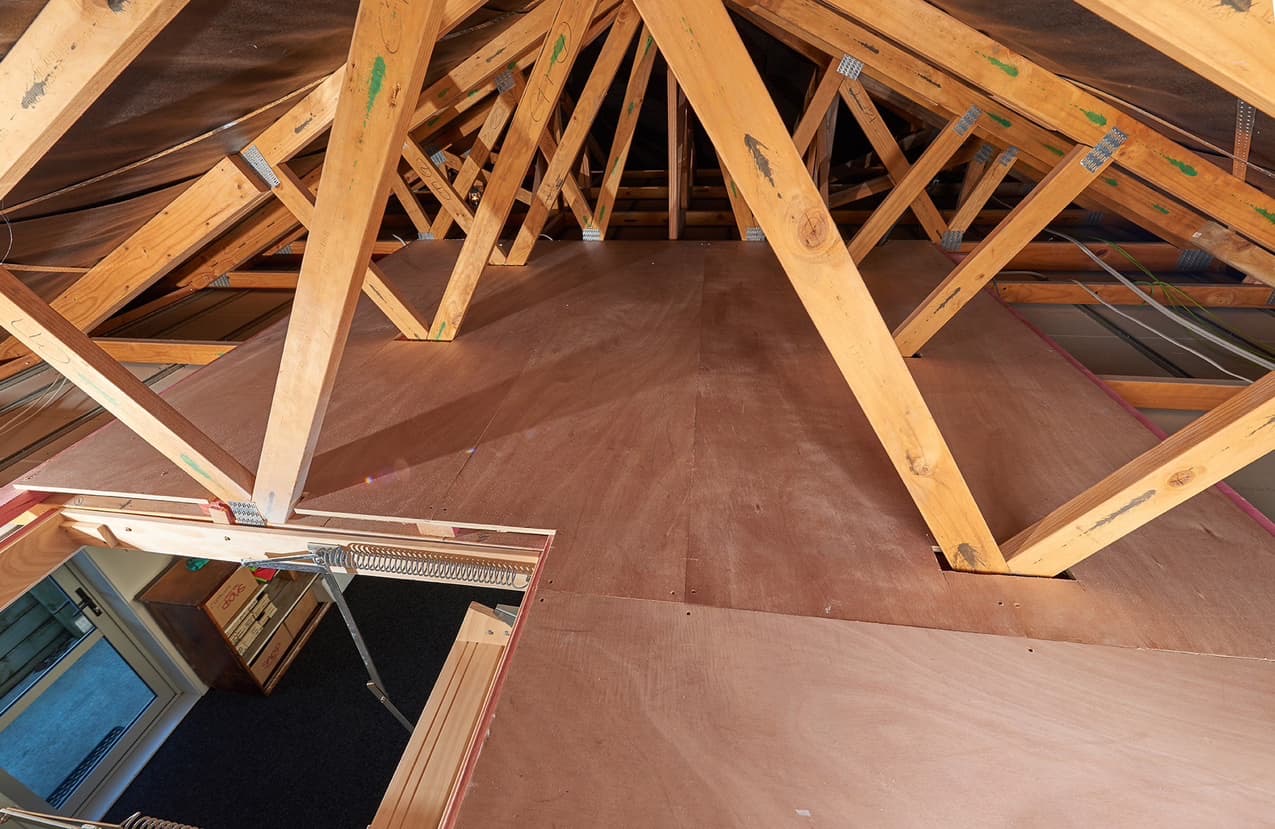

Articles
What Type Of Plywood For Attic Floor
Modified: May 6, 2024
Discover the best type of plywood for your attic floor. Read our informative articles and make an informed decision with confidence.
(Many of the links in this article redirect to a specific reviewed product. Your purchase of these products through affiliate links helps to generate commission for Storables.com, at no extra cost. Learn more)
Introduction
When it comes to maximizing the storage and potential living space in your home, utilizing your attic is a great idea. Whether you want to convert your attic into a spare bedroom, a home office, or simply need extra storage space, one crucial element to consider is the type of plywood to use for your attic floor.
Choosing the right plywood for your attic floor is essential for ensuring durability, strength, and stability. It’s crucial to select a plywood grade that can handle the weight of furniture, appliances, and foot traffic without compromising the structural integrity of your attic.
In this article, we’ll discuss the factors to consider when choosing plywood for attic floors, the different plywood grades available, the types of plywood suitable for attic floors, the thickness requirements, and some installation tips to help you make an informed decision.
Key Takeaways:
- Choose plywood with high load-bearing capacity, moisture resistance, and dimensional stability for a durable attic floor. Consider A-grade for appearance, CDX for affordability, and T&G for secure interlocking.
- Select plywood thickness based on joist spacing and intended use. Follow installation tips like cleaning the surface, using tongue and groove plywood, leaving expansion gaps, and securing the plywood for a sturdy attic floor.
Read more: What Size Plywood For An Attic Floor
Factors to Consider When Choosing Plywood for Attic Floors
Choosing the right plywood for your attic floor involves considering several important factors. By understanding these factors, you can ensure that the plywood you select will not only meet your needs but also provide long-lasting performance. Here are some key factors to consider:
- Load-Bearing Capacity: One of the most crucial factors to consider is the load-bearing capacity of the plywood. Since attic floors are intended to support added weight, such as furniture or storage boxes, it’s essential to choose plywood that can withstand these loads without sagging or compromising the structure. Look for plywood with a high weight rating per square foot.
- Moisture Resistance: Attics can be susceptible to excess moisture due to temperature fluctuations and potential leaks. Therefore, it’s important to choose plywood with good moisture resistance. Look for plywood that is labeled either “exterior” or “marine-grade” as these types are designed to handle moisture better than standard plywood.
- Dimensional Stability: Attic environments can experience changes in temperature and humidity, which can cause wood to expand or contract. To ensure the stability of your attic floor, opt for plywood that has good dimensional stability. This will help prevent warping, buckling, or gaps in the flooring due to temperature and moisture fluctuations.
- Fire Resistance: Fire safety is a crucial consideration for any living space. While attic floors may not have specific fire rating requirements, using fire-resistant plywood can provide an added layer of protection. Look for plywood that is treated or labeled as fire-resistant.
- Budget: Another factor to consider is your budget. Plywood prices can vary based on the quality and grade. It’s important to balance your budget with the need for a durable and reliable attic floor. While it may be tempting to opt for cheaper plywood, compromising on quality may lead to costly repairs or replacements in the long run.
By considering these factors, you can narrow down your options and choose plywood that meets the specific requirements of your attic floor. It’s important to prioritize load-bearing capacity, durability, and moisture resistance to ensure a stable and long-lasting attic space.
Plywood Grades for Attic Floors
When selecting plywood for your attic floor, it’s essential to understand the different plywood grades available. Plywood grades are based on the appearance, strength, and durability of the wood, and each grade has specific characteristics and recommended uses. Here are the common plywood grades suitable for attic floors:
- A-Grade Plywood: A-grade plywood is the highest quality and often used in applications where the appearance of the wood is crucial. It has a smooth and consistent surface and is free of knots and defects. While A-grade plywood may not be necessary for attic floors hidden beneath carpet or other flooring materials, it provides excellent strength and stability.
- B-Grade Plywood: B-grade plywood is more affordable than A-grade and still maintains good stability and strength. It may have some visible knots, patches, or repairs, but it is structurally sound and suitable for attic floors. B-grade plywood is often used when appearance is less important but performance is still a priority.
- C-Grade Plywood: C-grade plywood is more economical and may have more noticeable knots, patches, and defects. It is commonly used for construction purposes and may require additional sanding or refinishing for a smooth finish. While C-grade plywood can still serve as a viable option for attic floors, you may need to apply a finish or cover it with a layer of flooring.
- D-Grade Plywood: D-grade plywood is the most affordable option and often used in applications where structural integrity is more important than appearance. It may have multiple knots, defects, and repairs. D-grade plywood is suitable for temporary structures or projects where a cosmetic finish is not necessary, making it a less common choice for attic floors.
When selecting a plywood grade for your attic floor, consider the intended use, your budget, and the level of appearance required. A-grade plywood provides the best overall quality, while B-grade and C-grade plywood offer a balance between cost-effectiveness and performance. D-grade plywood may be suitable for temporary or budget-conscious projects.
Remember, regardless of the plywood grade you choose, make sure it meets the necessary structural requirements and is suitable for supporting the weight and load of your attic space.
Types of Plywood Suitable for Attic Floors
When it comes to selecting plywood for your attic floor, there are several types to choose from, each with its own characteristics and advantages. Here are some common types of plywood suitable for attic floors:
- CDX Plywood: CDX plywood is a popular choice for attic floors due to its affordability and durability. It is made with exterior-grade glue and has a rough appearance with visible knots. CDX plywood is moisture resistant and can withstand occasional exposure to the elements, making it suitable for attic environments with slightly higher moisture levels.
- ACX Plywood: ACX plywood is a higher-grade plywood that features a smoother surface. It has a better aesthetic appearance compared to CDX plywood but is also more expensive. ACX plywood is commonly used in applications where appearance is important, such as for attic floors that may be left exposed without additional coverings.
- T&G Plywood: Tongue and groove (T&G) plywood is specifically designed to interlock with adjacent panels, providing a tight and secure fit. T&G plywood is commonly used for attic floors because it eliminates the need for additional support beams or joists. The interlocking nature of T&G plywood also helps to minimize gaps between panels, creating a smooth and even surface.
- Marine Plywood: Marine plywood is a high-quality plywood designed for marine applications, but it can also be suitable for attic floors. It is made with waterproof glue and is resistant to moisture, rot, and insect damage. Marine plywood is highly durable and can withstand harsh conditions, making it a reliable option for attic floors in areas prone to high humidity or potential water leaks.
- Furniture-Grade Plywood: If you plan to use your attic as a living space or a space for valuable belongings, you may consider using furniture-grade plywood. This type of plywood is made with higher quality wood veneers and has a more refined appearance. Furniture-grade plywood is often used in cabinetry and high-end furniture construction, providing a visually appealing finish for your attic floor.
Each type of plywood mentioned above has its own unique qualities and benefits. Consider factors such as budget, moisture resistance, desired appearance, and intended use when selecting the most suitable plywood type for your attic floor. It’s crucial to choose plywood that meets the specific requirements of your attic space to ensure long-lasting performance and stability.
When choosing plywood for an attic floor, opt for a minimum of 3/4 inch thickness to ensure it can support the weight of stored items and foot traffic. Look for plywood with a tongue and groove edge for a secure fit.
Thickness Requirements for Attic Floor Plywood
Choosing the right thickness of plywood for your attic floor is crucial for ensuring structural stability and support. The appropriate thickness will depend on factors such as the span between joists and the intended use of the attic space. Here are some general guidelines for determining the thickness requirements:
- 16mm (5/8 inch) Plywood: 16mm plywood is commonly used for attic floors with a 16-inch joist spacing. It provides adequate strength and support for light storage or occasional foot traffic. If your attic will primarily be used for storage and you don’t expect heavy loads, 16mm plywood should be sufficient.
- 19mm (3/4 inch) Plywood: 19mm plywood is a more robust option that is suitable for attic floors with a wider joist spacing of 24 inches. It offers greater strength and stability, making it ideal for attic spaces that will be regularly used or have heavier loads, such as furniture or equipment.
- 22mm (7/8 inch) Plywood: 22mm plywood is the thickest and strongest option for attic floors. It is typically used for wider joist spacings or when additional support is needed for extensive storage or heavier loads. If you plan to convert your attic into a living space or have substantial furniture or equipment, 22mm plywood is recommended.
It’s important to consult with a structural engineer or a professional contractor to determine the appropriate thickness based on the specific requirements of your attic floor. They can assess factors such as the joist spacing, the weight-bearing capacity of the structure, and any additional load-bearing considerations.
Remember that using plywood that is too thin can lead to sagging or cracking, while using plywood that is too thick may unnecessarily increase costs and add excessive weight to the structure. Choosing the right thickness will help ensure a stable and durable attic floor that can safely support the intended use of the space.
Read more: What Type Of Plywood Is For Exterior Walls
Installation Tips for Plywood Attic Floors
Installing plywood for your attic floor requires careful planning and attention to detail to ensure a sturdy and functional space. Here are some installation tips to help you with the process:
- Clean and prepare the surface: Before installing plywood, make sure the attic floor is clean and free of debris. Sweep or vacuum the area to remove any dust, dirt, or loose particles. This will ensure a smooth and secure installation.
- Measure and mark: Measure the dimensions of your attic space to determine the amount of plywood needed. Mark the locations of the joists to guide you during installation. It’s important to follow the layout of the joists and plan accordingly to avoid weak spots or unsupported areas.
- Use tongue and groove plywood: Consider using tongue and groove (T&G) plywood for your attic floor. T&G plywood interlocks, creating a tight fit between panels and reducing the risk of gaps or unevenness. This provides a more stable and durable surface for your attic floor.
- Leave expansion gaps: Allow for expansion and contraction of the plywood by leaving small gaps, approximately 1/8 inch, between the plywood panels. This will prevent buckling or warping due to temperature and humidity changes in the attic space.
- Secure the plywood: Use appropriate fasteners, such as screws or nails, to secure the plywood to the joists. Make sure to drive the fasteners flush with the surface to avoid trip hazards. Space the fasteners evenly along the edges and within the field of the plywood to ensure a secure and uniform installation.
- Consider adhesive: Applying construction adhesive between the plywood and the joists can provide added stability and minimize squeaking or movement. Follow the manufacturer’s instructions when using adhesive and apply it in a zigzag pattern on the top of the joists before laying the plywood.
- Seal the edges: To prevent moisture from seeping into the edges of the plywood, seal them with a wood sealer or edge sealant. This will help protect the plywood from moisture damage and extend its lifespan.
- Finish the surface: Depending on your preference, you may choose to leave the plywood as the finished surface of your attic floor or cover it with another type of flooring material. If you decide to leave the plywood exposed, consider applying a protective coating or stain to enhance its appearance and durability.
Remember to follow the manufacturer’s guidelines and consult with professionals if you are unsure about any aspect of the installation process. Proper installation is key to achieving a sturdy and functional attic floor that will serve you for years to come.
Conclusion
Choosing the right plywood for your attic floor is crucial for creating a stable, durable, and functional space. By considering factors such as load-bearing capacity, moisture resistance, dimensional stability, fire resistance, and budget, you can select the most suitable plywood grade and type for your attic floor.
Carefully evaluate the different plywood grades available, such as A-grade, B-grade, C-grade, and D-grade, keeping in mind the desired appearance and performance requirements. Additionally, consider the types of plywood, including CDX plywood, ACX plywood, T&G plywood, marine plywood, and furniture-grade plywood, to identify the one that best suits your needs.
Ensure you choose the appropriate thickness of plywood based on factors such as joist spacing, intended use of the attic space, and anticipated loads. Consulting with professionals can help you determine the ideal thickness for your specific requirements.
During installation, follow best practices such as cleaning and preparing the surface, measuring and marking accurately, using tongue and groove plywood for a secure fit, leaving expansion gaps, securing the plywood properly with fasteners, considering adhesive and sealing the edges to prevent moisture damage.
Remember, proper installation and attention to detail are essential for creating a sturdy and functional attic floor that can withstand the weight of furniture, foot traffic, and potential moisture or temperature fluctuations.
By taking these factors and installation tips into account, you can confidently choose and install the right plywood for your attic floor, maximizing the potential of your attic space while ensuring its longevity and functionality.
Now that you've got the scoop on the best plywood for attic floors, why stop there? Your kitchen deserves just as much attention. Dive into our detailed guide on choosing the right surfaces underfoot with "10 Best Kitchen Flooring Options To Go For." Whether you're renovating or just dreaming up a new look, this article offers practical advice and stylish solutions. Don't miss out on creating a space that's both beautiful and functional!
Frequently Asked Questions about What Type Of Plywood For Attic Floor
Was this page helpful?
At Storables.com, we guarantee accurate and reliable information. Our content, validated by Expert Board Contributors, is crafted following stringent Editorial Policies. We're committed to providing you with well-researched, expert-backed insights for all your informational needs.
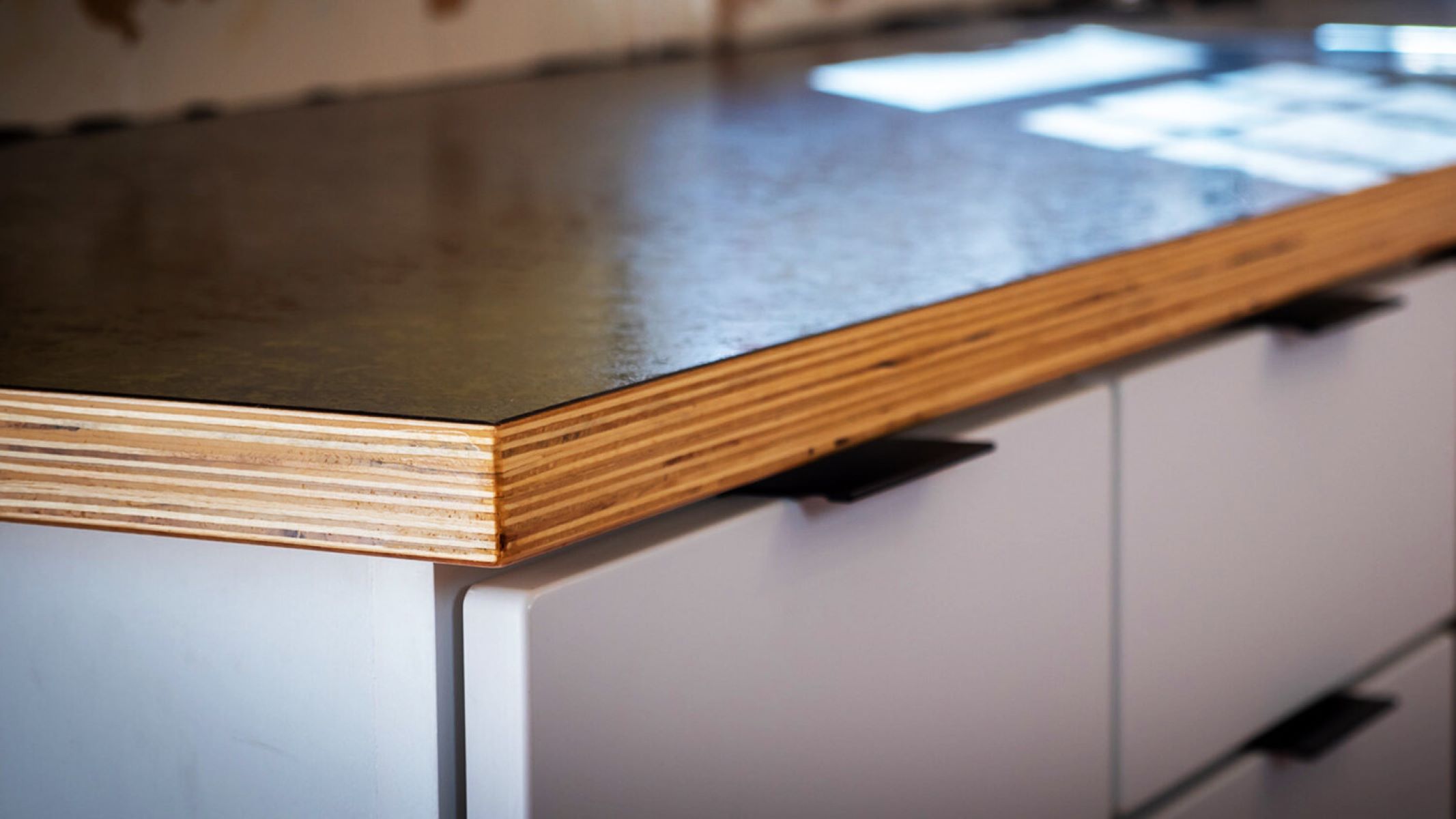
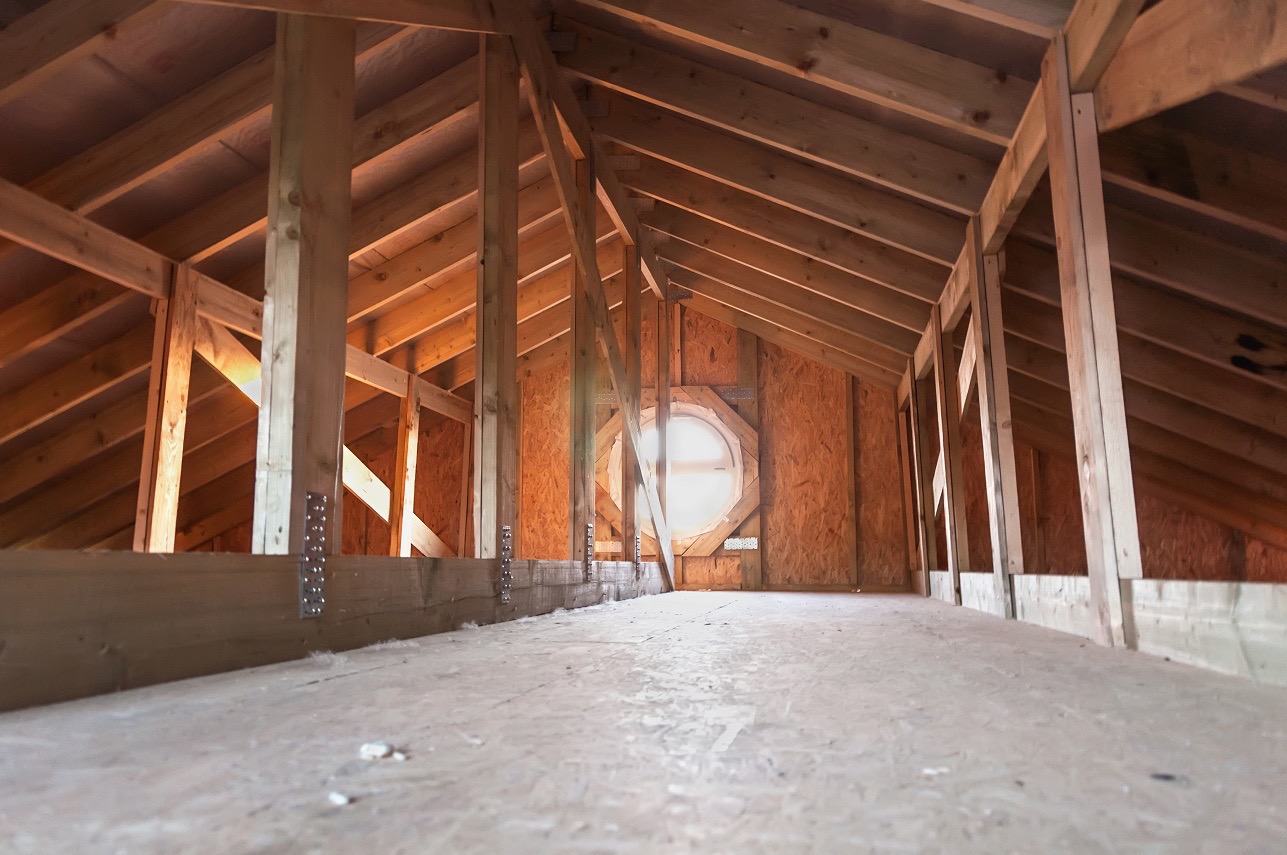
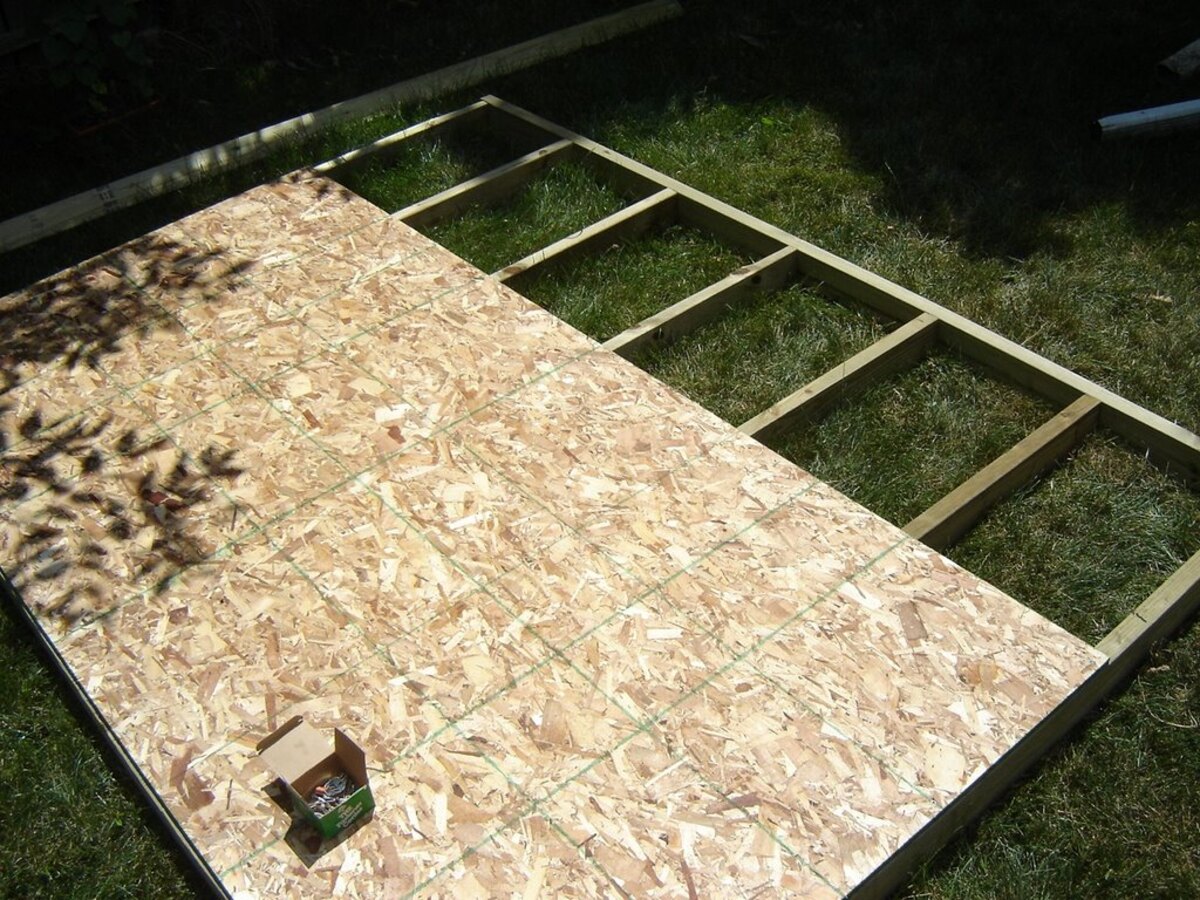
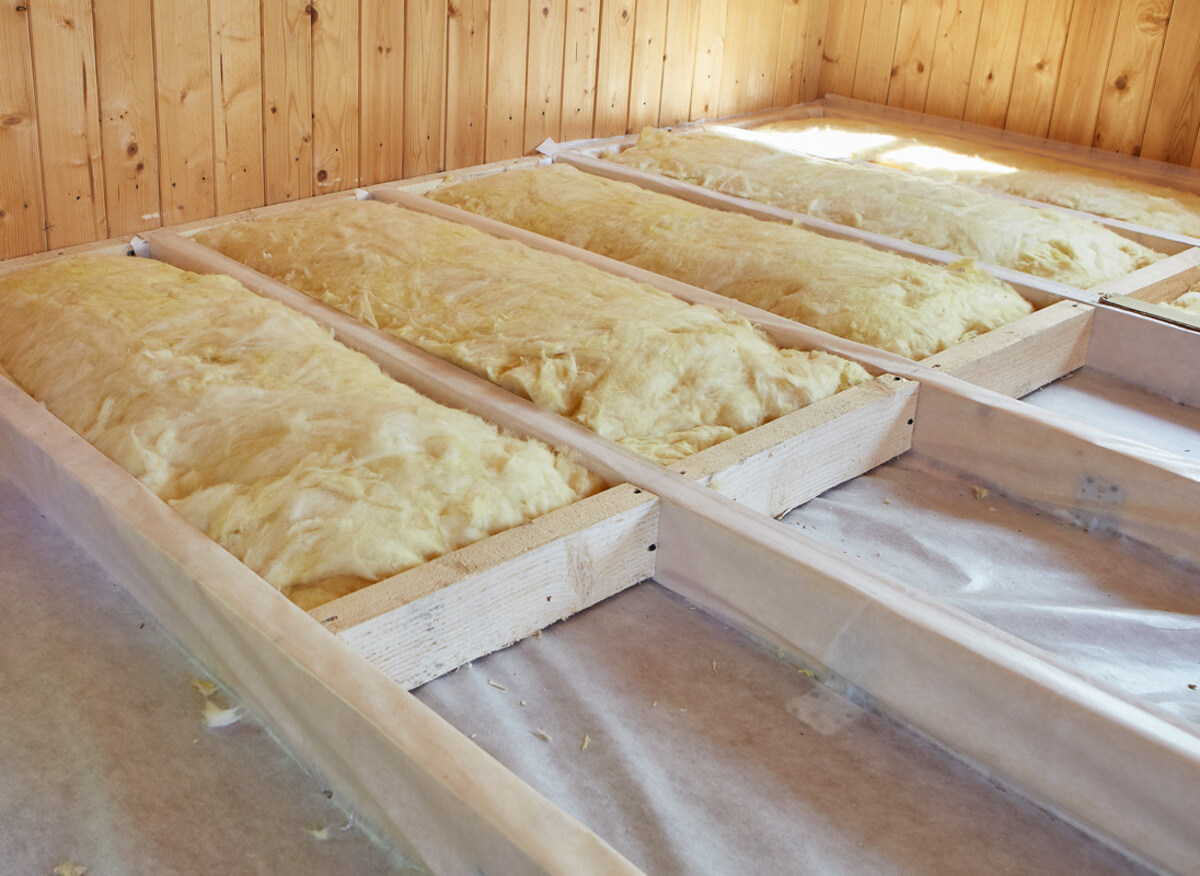
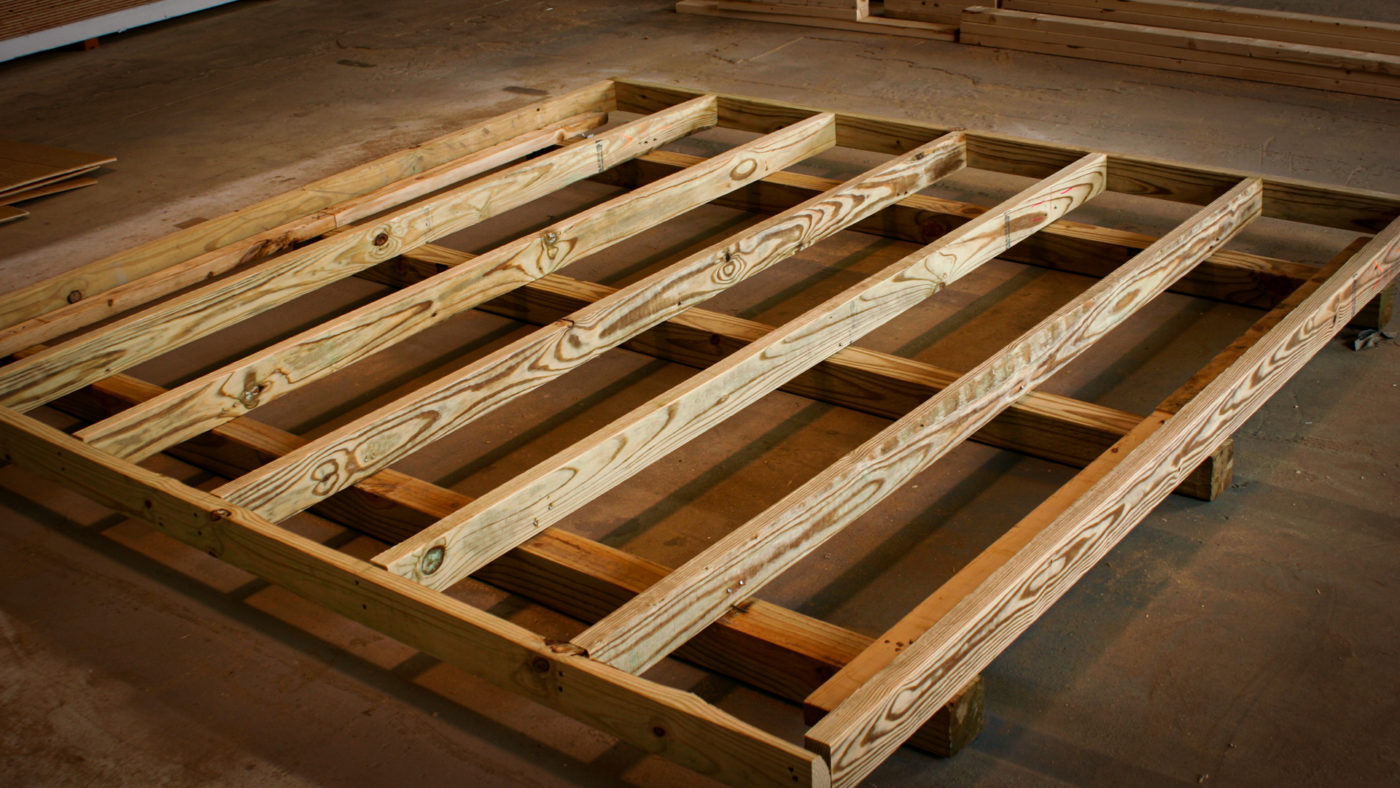
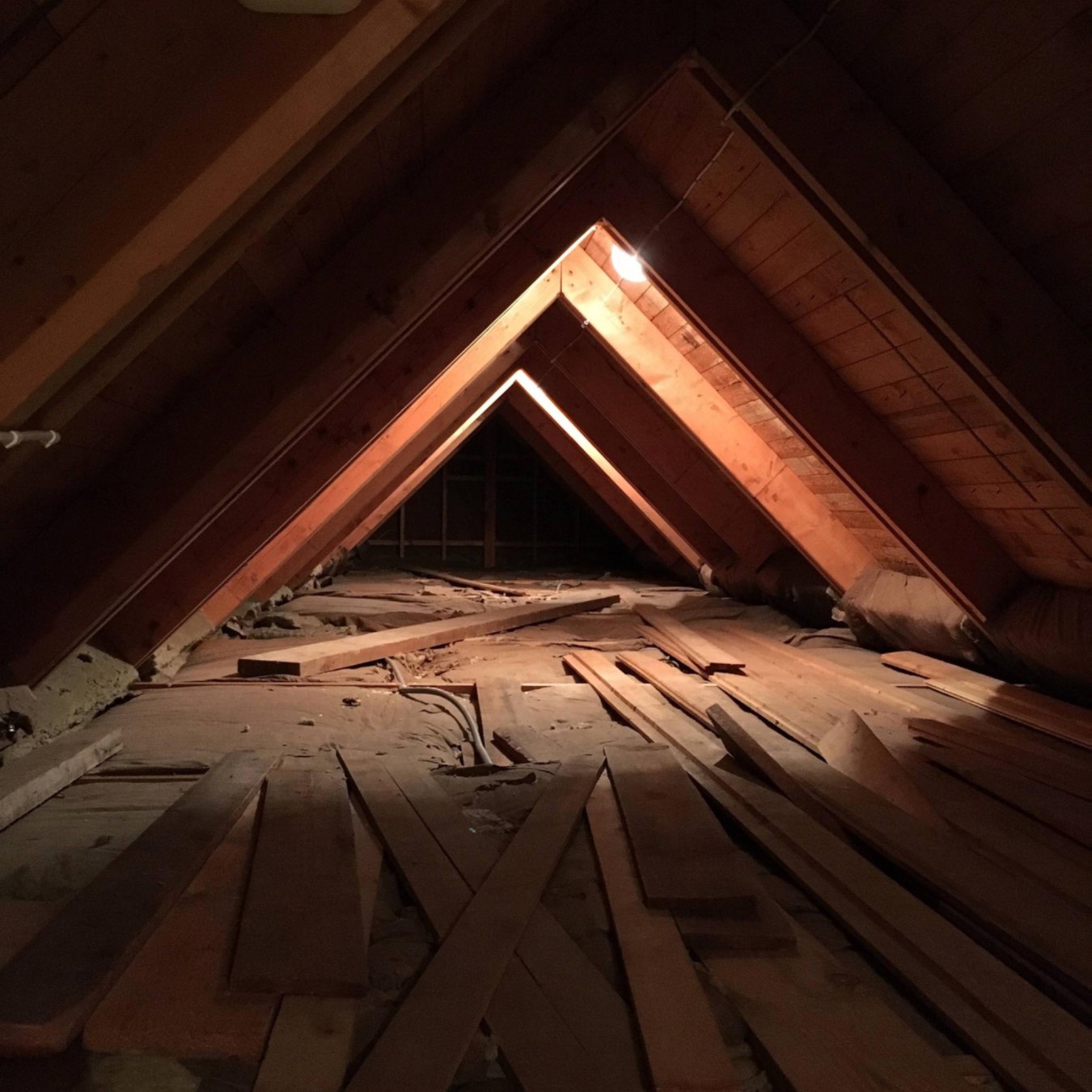
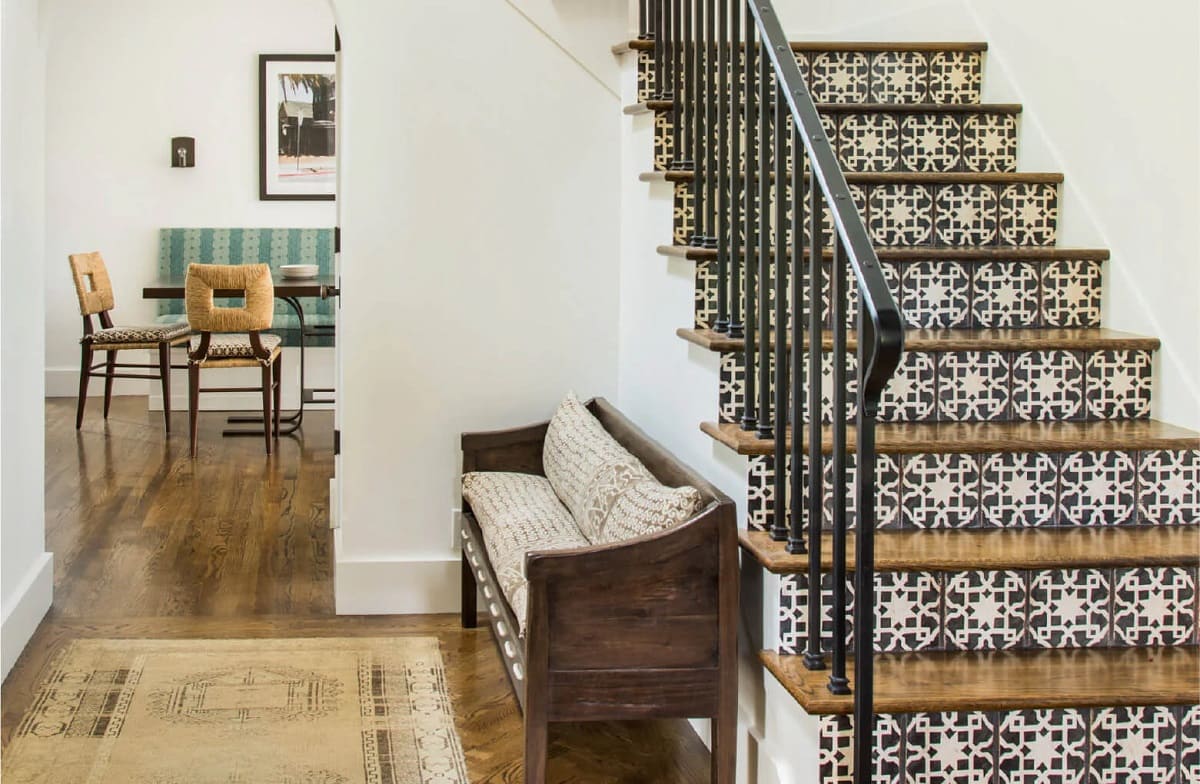
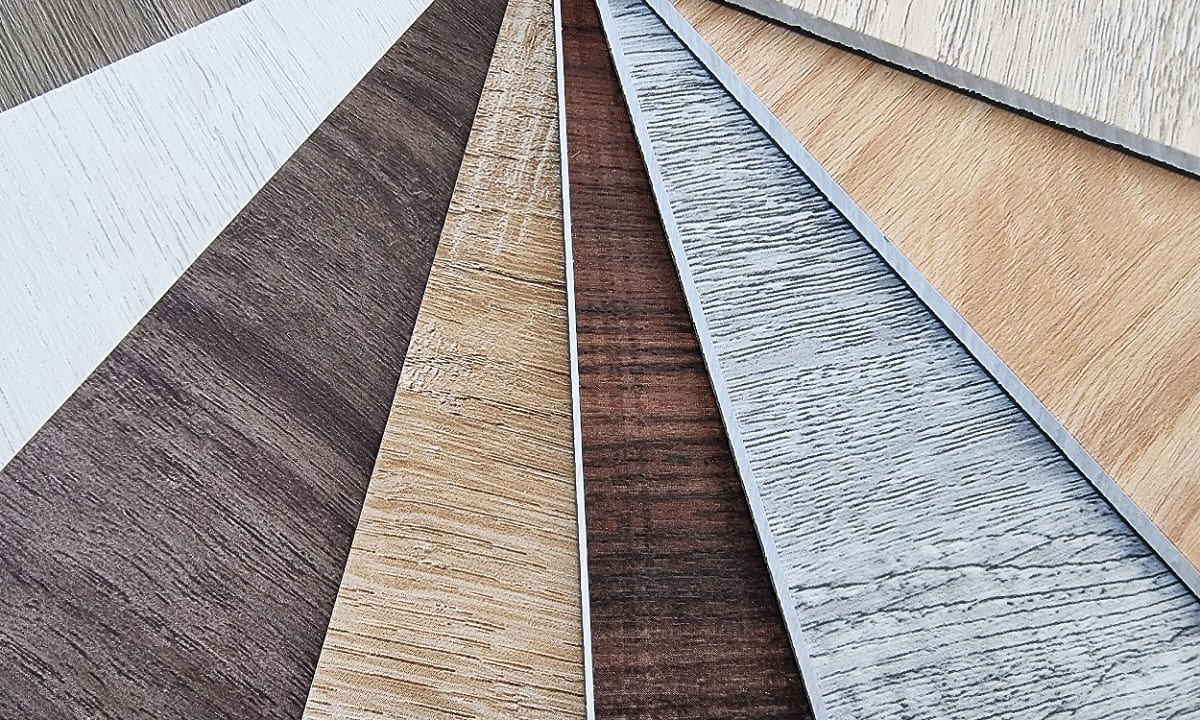
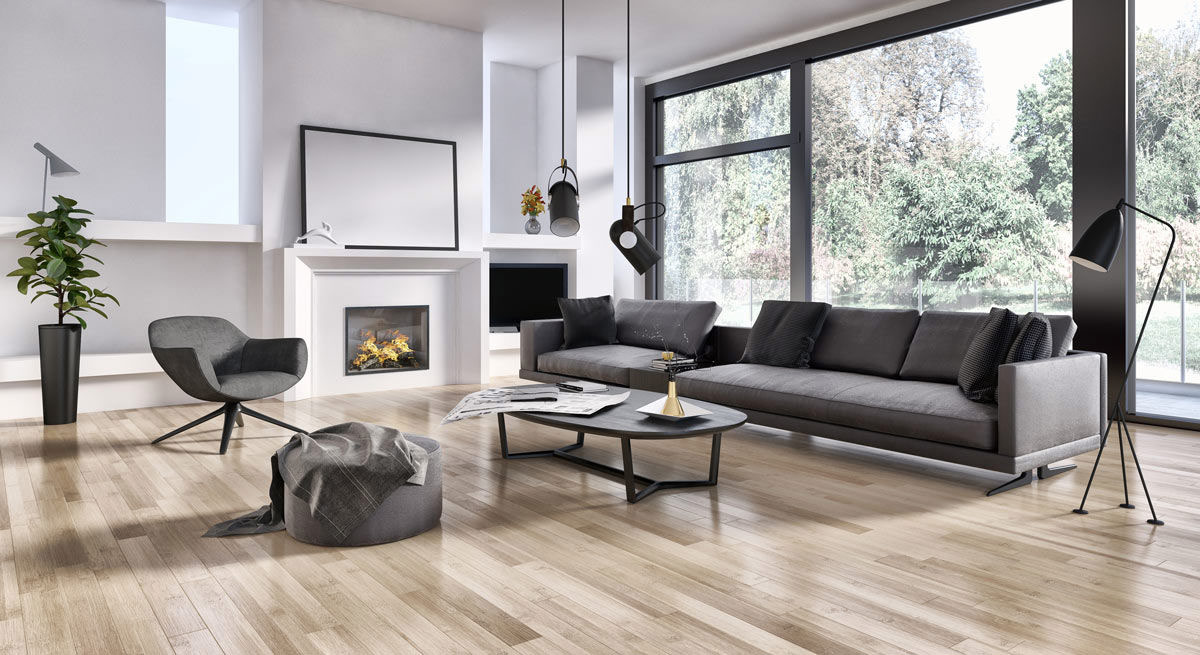
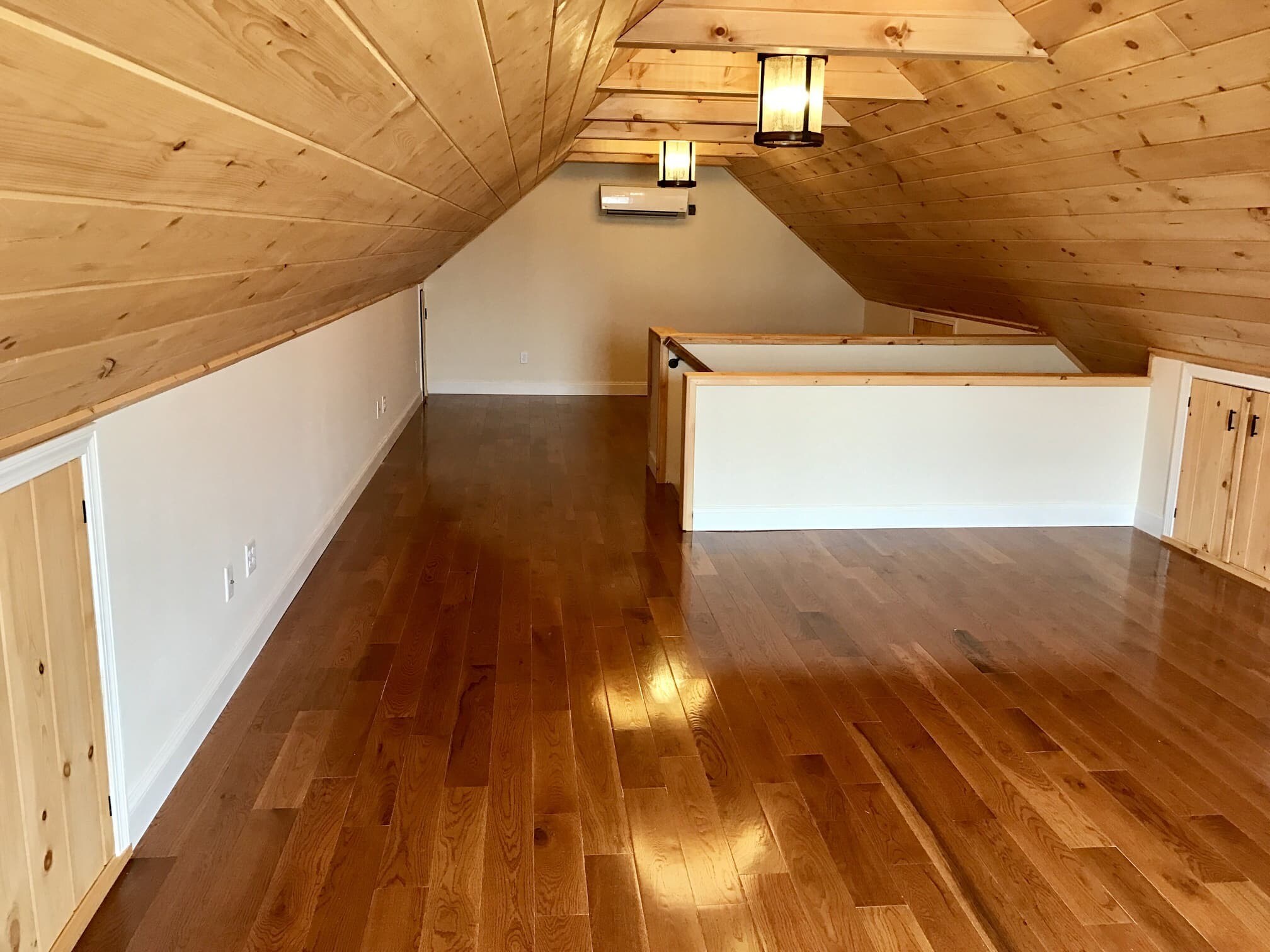
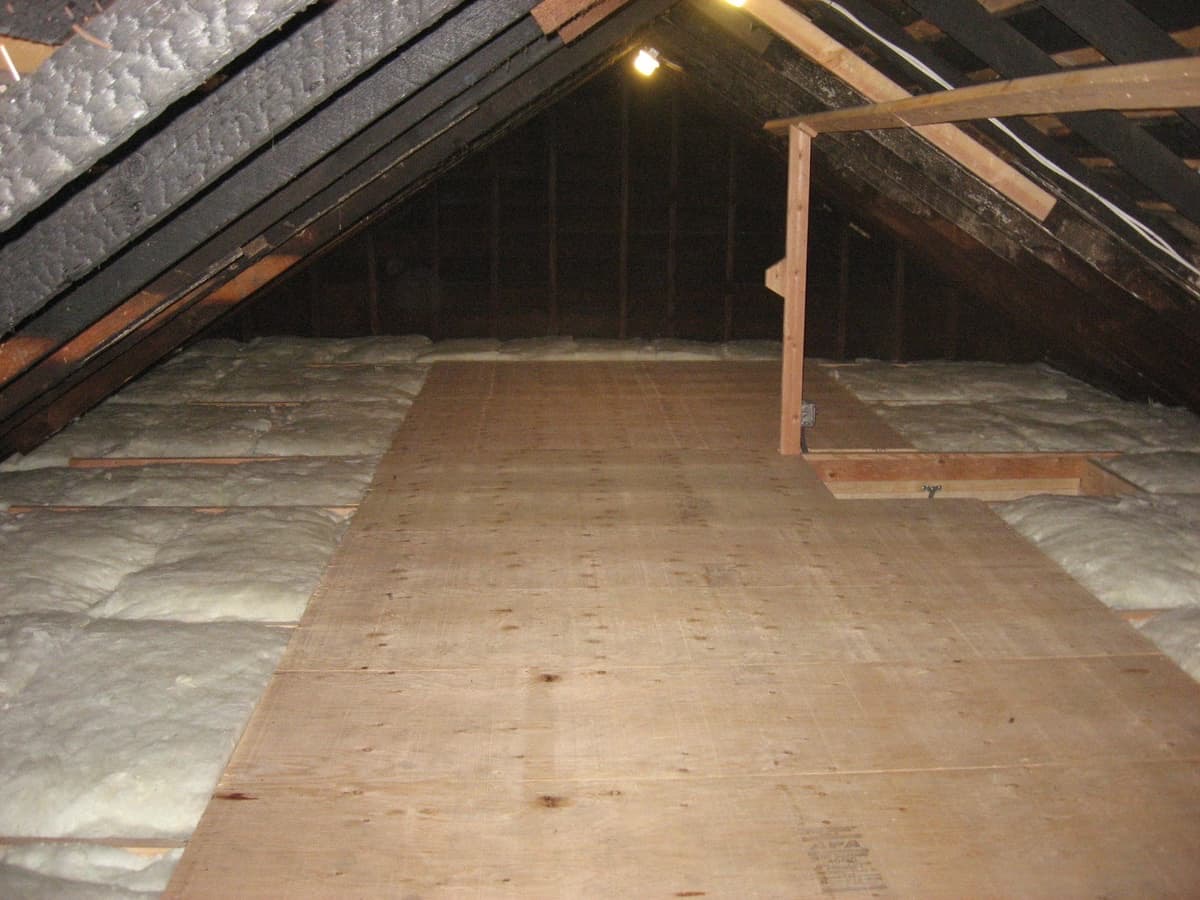
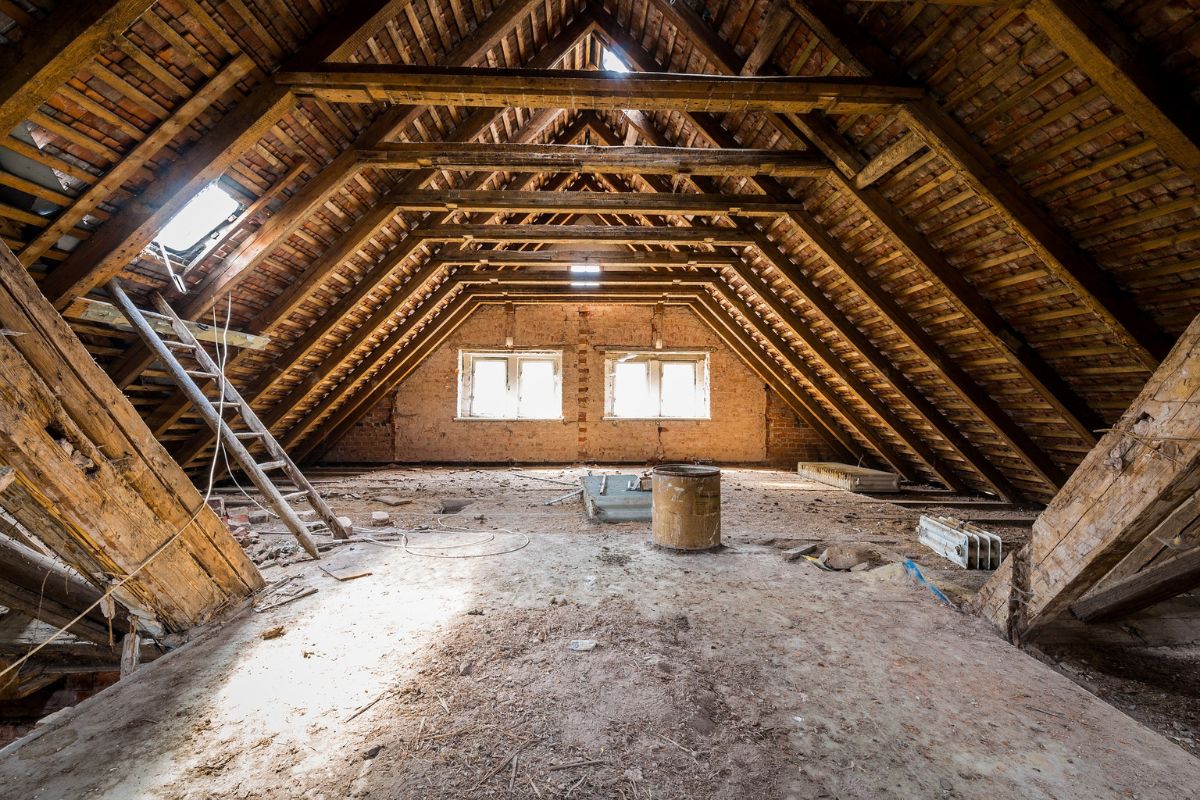
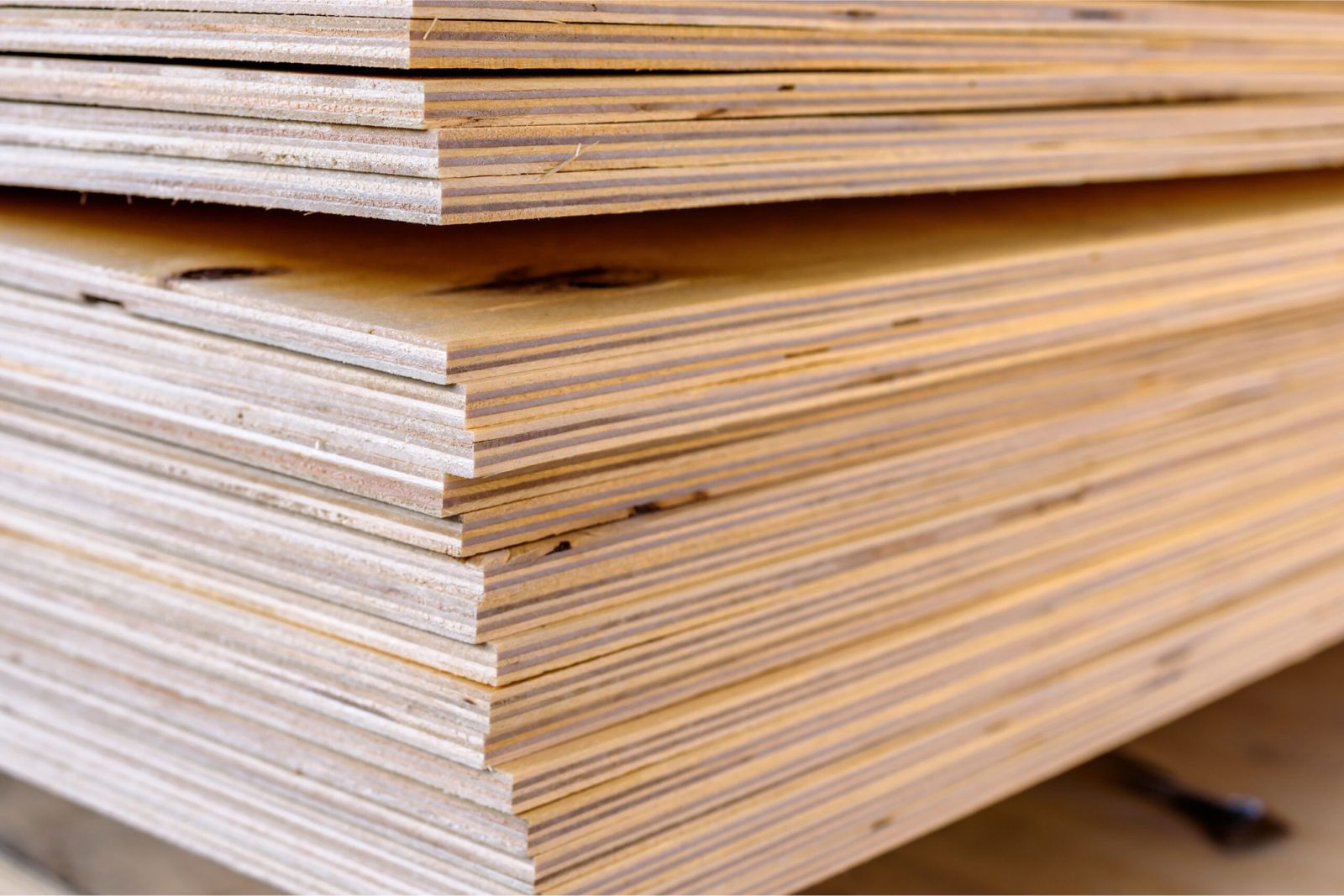
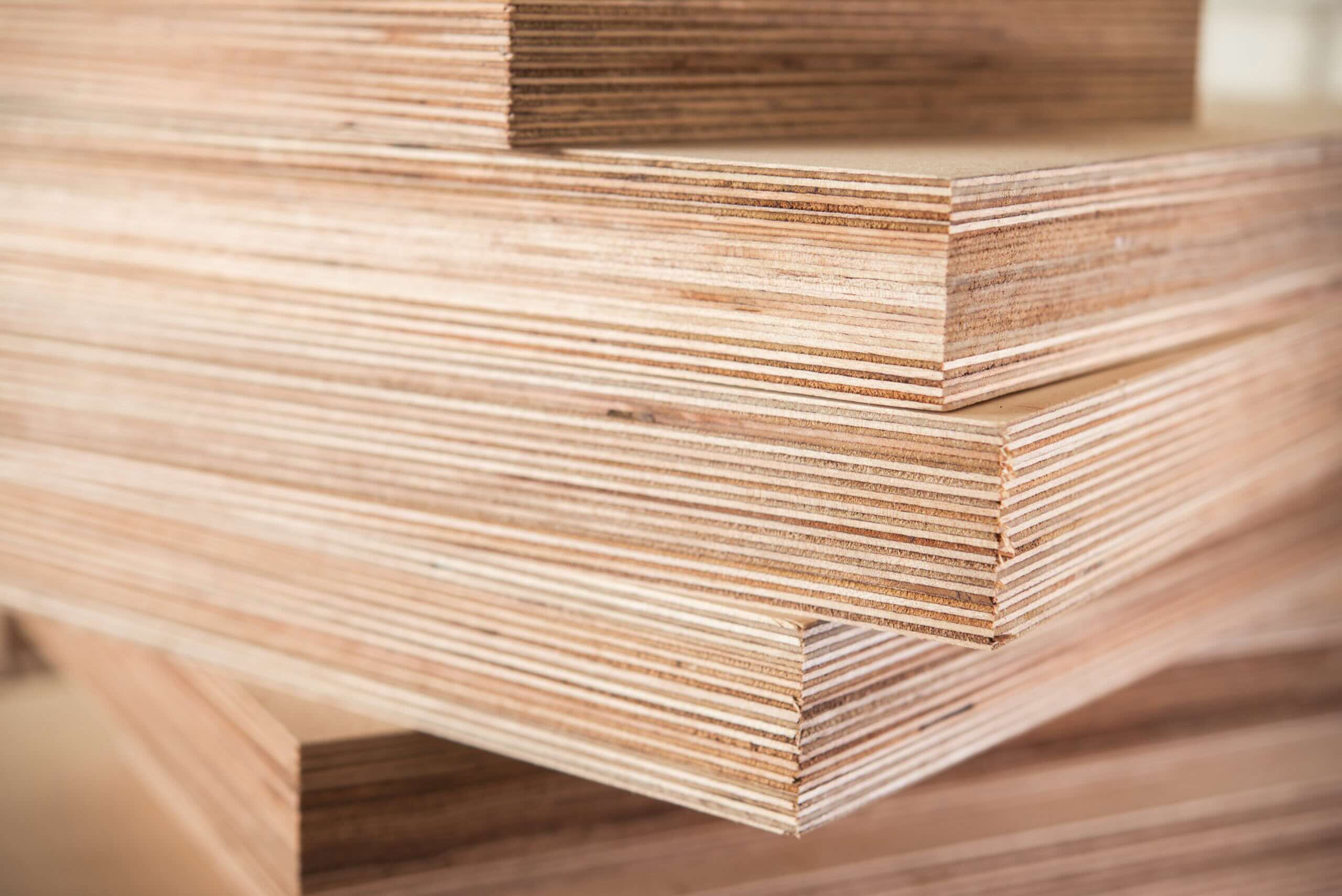

0 thoughts on “What Type Of Plywood For Attic Floor”